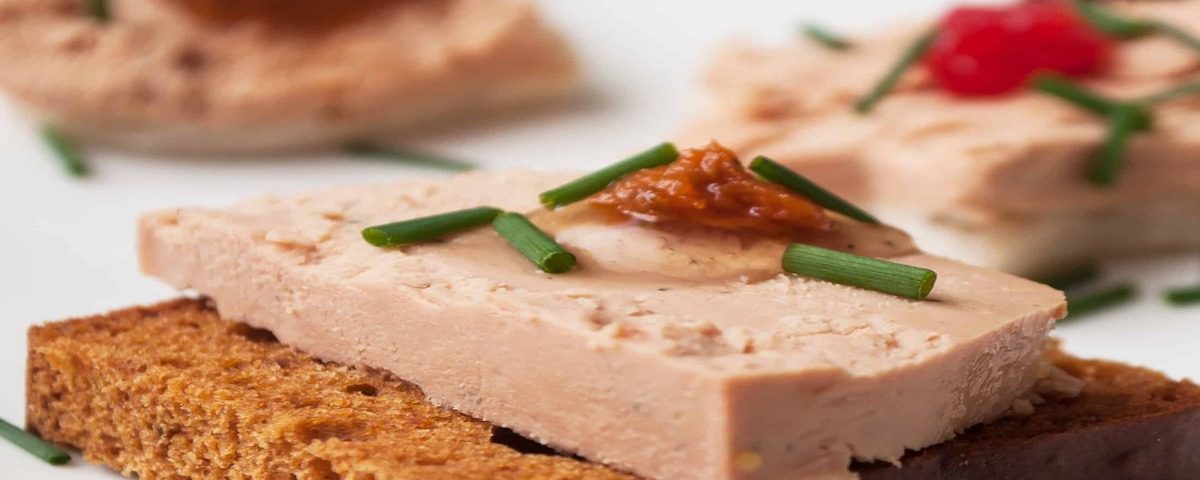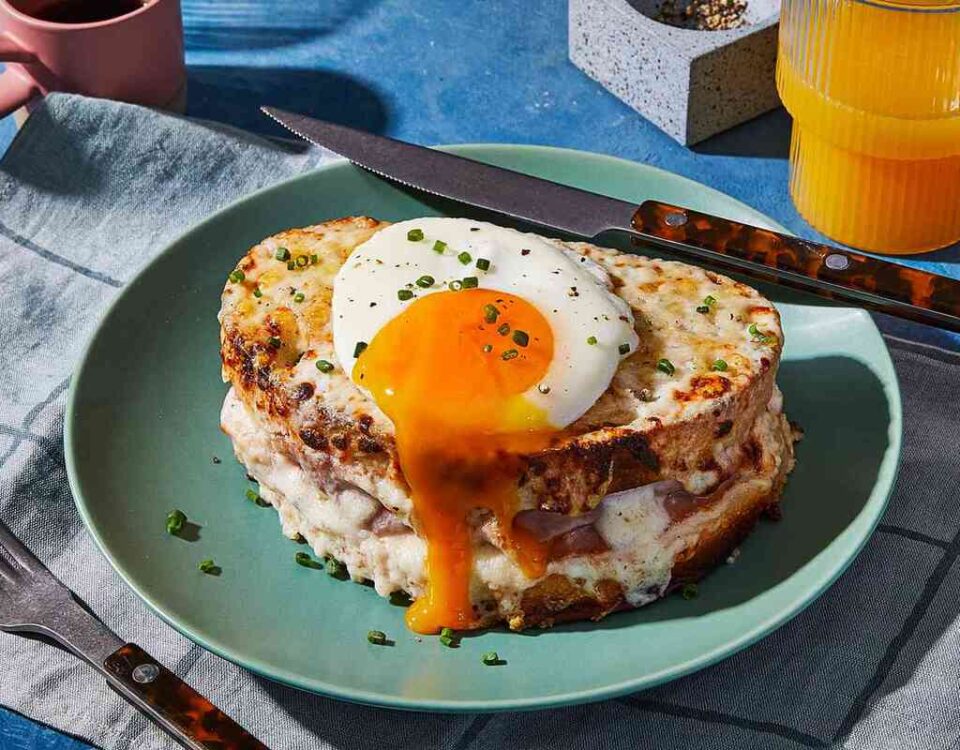
Crepe Suzette A Flambéed Masterpiece

Galette des Rois A Crown Jewel of French Pastry
Foie Gras: A Controversial Culinary Delicacy
Introduction
Foie gras, a French term translating to “fatty liver,” is a pâté produced from the liver of a duck or goose that has been specially fattened. This delicacy is highly prized in French cuisine and is considered a culinary masterpiece by many.However, it has also become a subject of intense controversy due to the methods used to fatten the birds.
The History of Foie Gras
The practice of fattening waterfowl for their livers dates back thousands of years to ancient Egypt. The Egyptians believed that geese were sacred and that their livers were a delicacy fit for the gods. The tradition was later adopted by the Romans, who introduced it to Gaul (modern-day France).
Foie gras production became particularly refined in France during the Middle Ages. The French developed techniques for force-feeding the birds, a process known as gavage. This method involves inserting a tube into the bird’s esophagus and feeding it a corn-based diet until the liver becomes enlarged and fatty.
The Production of Foie Gras
The production of foie gras is a complex and time-consuming process. The birds, typically ducks or geese, are raised in carefully controlled environments. After a period of regular feeding, the gavage process begins. This involves feeding the birds large quantities of corn or grain several times a day. The corn is rich in starch, which is converted into fat and stored in the liver.
The process of fattening can last several weeks, during which the liver grows exponentially. Once the liver is sufficiently enlarged, the bird is slaughtered, and the liver is removed and processed into pâté.
The Taste and Texture of Foie Gras
Foie gras is renowned for its rich, buttery flavor and smooth, velvety texture. The taste is complex and varies depending on the type of bird, the diet, and the production method. Many chefs consider foie gras to be the ultimate indulgence, and it is often served as an appetizer or part of a multi-course meal.
Culinary Uses of Foie Gras
Foie gras is incredibly versatile and can be enjoyed in a variety of ways. The most common preparation is as a pâté,spread on bread or crackers. It can also be grilled, seared, or pan-fried. Foie gras is often paired with sweet elements, such as fig jam or honey, to balance the richness of the liver.
Some popular dishes featuring foie gras include:
- Foie gras torchon: A terrine of foie gras, often flavored with herbs and spices.
- Pan-seared foie gras: A classic preparation where the foie gras is seared until crispy on the outside and tender on the inside.
- Foie gras parfait: A dessert made with foie gras, chocolate, and cream.
The Controversy Surrounding Foie Gras
The production of foie gras has been the subject of intense debate and controversy. Animal rights activists argue that the gavage process is cruel and inhumane, causing the birds significant pain and distress. Many countries have banned the production and sale of foie gras, including California, Illinois, and Massachusetts in the United States.
On the other hand, supporters of foie gras argue that it is a traditional and important part of culinary heritage. They also point out that modern foie gras production methods have improved animal welfare conditions.
The Future of Foie Gras
The future of foie gras is uncertain. As consumer awareness of animal welfare issues grows, demand for the product may decline. However, there is also a strong contingent of consumers who
appreciate the culinary artistry of foie gras and are willing to pay a premium for it.
Some producers are experimenting with alternative methods of fattening ducks and geese, such as free-range feeding or genetically modified birds. These efforts aim to address the concerns of animal welfare activists while maintaining the quality of the foie gras.
Conclusion
Foie gras is a complex and controversial food with a rich history. Its exquisite taste and texture have captivated chefs and food lovers for centuries. However, the ethical implications of its production have cast a shadow over its reputation. As the debate over animal welfare continues, the future of foie gras remains uncertain.


